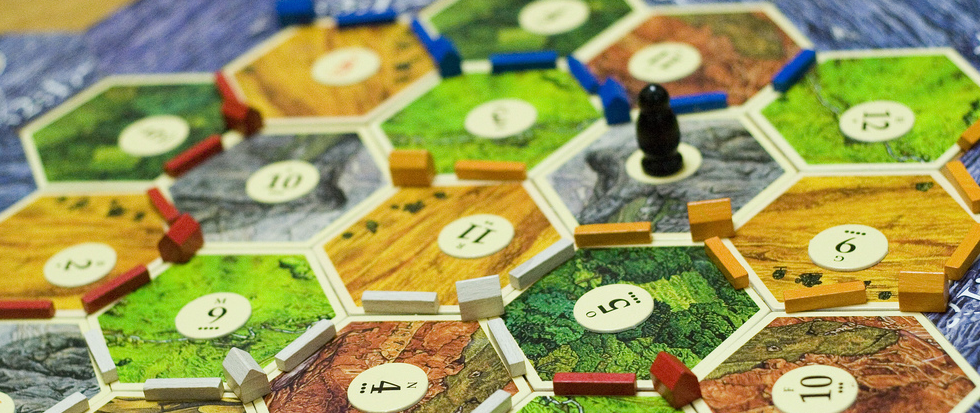
and then we held hands is a Game of Discomfort
Dinner is silent, an unspoken argument hanging heavy in the air. Feeling out the tension, you try your hand at small talk.
“How was work?” you ask.
“Fine,” they respond.
More silence.
It’s been this way for months. In fact, you’re hard pressed to recall a time in recent memory when you were both happy. Rather than continuing to press your luck with conversation, you opt instead to attempt to interpret the stewing hostility threatening to envelop the room, and, to an extent, your relationship. What is to blame for your recent struggles? Is it issues at work? A falling out with a close friend? Maybe the increasingly adverse political and social climate is taking a mental toll. Whatever the case, you brace yourself and dive head first hoping to find out.
This is the picture painted by …and then we held hands, one of the most thematic and psychologically impactful games I’ve played. You take on the role of one half of a failing relationship, with the other player as your partner. You’re both aware that you teeter on the edge of singledom, and must work together to build a healthy, lasting relationship with the rules actively working to prevent just that.
The basic mechanics of progress are simple, and arguably the weakest part of the game. On your turn, you must place a card from either your or your partner’s face-up hand. Each card represents positive or negative emotional progress, and playing a card moves you along a track in the chosen direction. It’s important to stay emotionally balanced, as moving too far in either direction means the game is over and both players lose. The goal is to play enough cards while staying emotionally balanced so that you and your partner might find common ground and mend your relationship.

Thematically, the game absolutely shines. Moving too far in the positive direction means that you don’t take your problems seriously, that you’re too happy-go-lucky. Conversely, moving too far in the negative direction makes you too much of a downer. That you can play cards from either player’s hand represents a give and take that is present in every relationship, but that you can do so without the other’s permission might come off as greedy and one-sided. There’s a fine balance at work in …and then we held hands, and you must take care of yourself before you can help your partner.
The biggest wrinkle in the rules is that players are not allowed to speak at all during the course of a game. Symbolically, this represents both players sort of tip-toeing around their issues and refusing to confront them head on. This is the game’s strongest element by far, as it forces players to come to an emotional conclusion by being aware of each other’s status on the game board.
The first time I played with my wife, we lost the game. We had failed to fix our relationship, had failed to balance out our emotions. It was left a bitter taste in our mouths, and, as we discussed afterwards, this is what makes …and then we held hands remarkable. The ability to elicit genuine emotion is a feat no other game has accomplished, at least in our experience. I thought about that game for days after, and because of that, I strongly urge everyone to experience it.





